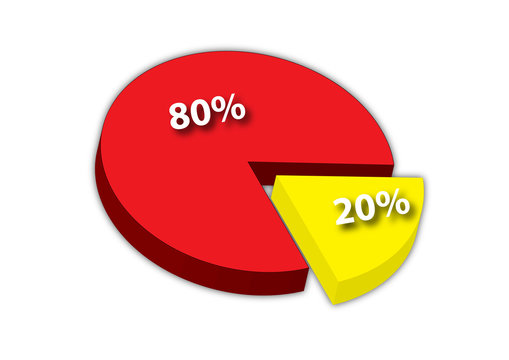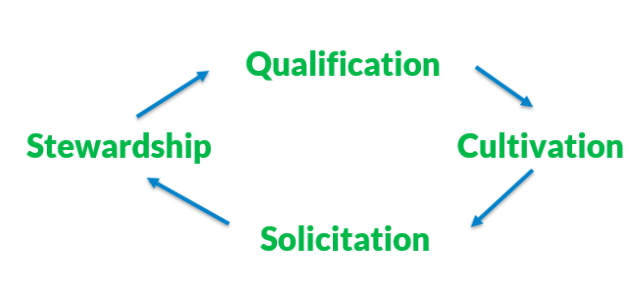In this multi-post blog series, we will outline basic ways you can build a successful fundraising strategy at your nonprofit. Be sure to check back in!

In order to create sustainable revenue at your nonprofit, you’ve got to supplement mid- to small-sized annual donations with leadership-level gifts. These are the handful of large donations that give your organization the cash it needs to survive.
A theme you will see throughout all of my writing is this: You need to diversify your philanthropic revenue stream.
Direct mail is not dead, but it should not be your only source of revenue.
Planned gifts are wonderful. But if you rely only on planned gifts, you’re taking a gamble that may ultimately hurt your organization.
Electronic solicitation is great – and necessary – but it is not sufficient on its own.
You have to supplement the regular, sustained revenue that comes through annual giving by going after those large gifts that can propel your organization into the future.

A major gift donor is someone who makes a “leadership-level gift.” Think of them according to the 80-20 rule. They are the 20% of donors who give 80% of your dollars. Although nowadays, that percentage is much more like 90-10 or even 95-5.
These are the few folks who give you the largest gifts and who for that reason can and should be stewarded at a pretty intimate level. And it means that In order to get the gift in the first place, you will need to carry out an individualized solicitation strategy.
Half the battle of getting a major gift is simply finding the major gift donors who already love your organization. You will typically see three criteria fundraisers refer to when they are explaining how to find major gift donors. You’re looking for:

Once you find these donors, you will put them into the ‘Major Gift Pipeline,’ or ‘Major Gift Life Cycle.’ This is the process you will use to build your major gift revenue, and it is a process that can organize all of your fundraising work:

Qualification
You have to begin the process by qualifying your donors. This means finding who they are and where they are (I wrote about this in my first blog post), as well as determining if they are open to your outreach and if they actually have the potential to make a major gift. Consider individuals, trusts, and foundations that have a history of supporting organizations with similar missions to your own. Research your potential donors and try to reach out and meet with them in person to discuss your organization. This is the best way to gauge their interest and alignment with your organization, which is essential before you can move any further through the cycle.
Cultivation

After you have done the work of qualification and found the donors who will support you, you will want to begin the process of cultivation. The goal here is to introduce your donor to a more intimate knowledge of your mission and to the idea of making a major gift. Think of it as tilling up hard ground. That takes time. And effort. But it is necessary if you want to have a good crop. So treat this stage like dating. You are wooing your prospect so they will ‘like’ you and want to continue investing in you. The goal is to make an ask, but that requires trust. So in this stage you are building the relationship, building trust, so that the donor will be open to an ask. Ninety percent of this battle is simply getting a visit. Once the visit is secured, you can usher the person into a more intimate knowledge of your organization. This may take time, of course.
Solicitation

After trust has been built, you can begin the process of making an ask. I’ve made a solicitation on a first visit, but that is not typical. Usually, you will need to cultivate the relationship for anywhere from six to eighteen months, depending on how large the solicitation is, before you make an ask. If you do plan on making an ask during a visit, think ahead and script out how you will make it. Aim for being up front without being either pushy or embarrassed.
Stewardship

Hopefully, you land the gift after making the ask and can begin to steward your donor. This involves thanking them for their donation and ensuring them that it is being put to good use, and is not a step to be overlooked! In the business world, it’s said that it costs 3-4 times as much to get a new customer as it does to keep existing customers. The same principle applies for nonprofits with finding and retaining donors. So, you will want to adopt an air-tight stewardship strategy and take great care when thanking your donors to maximize the possibility of them continuing to support your organization.
Once you move a donor through the major gift pipeline, you begin the process again, qualifying those who have already given as donors who can give again.



